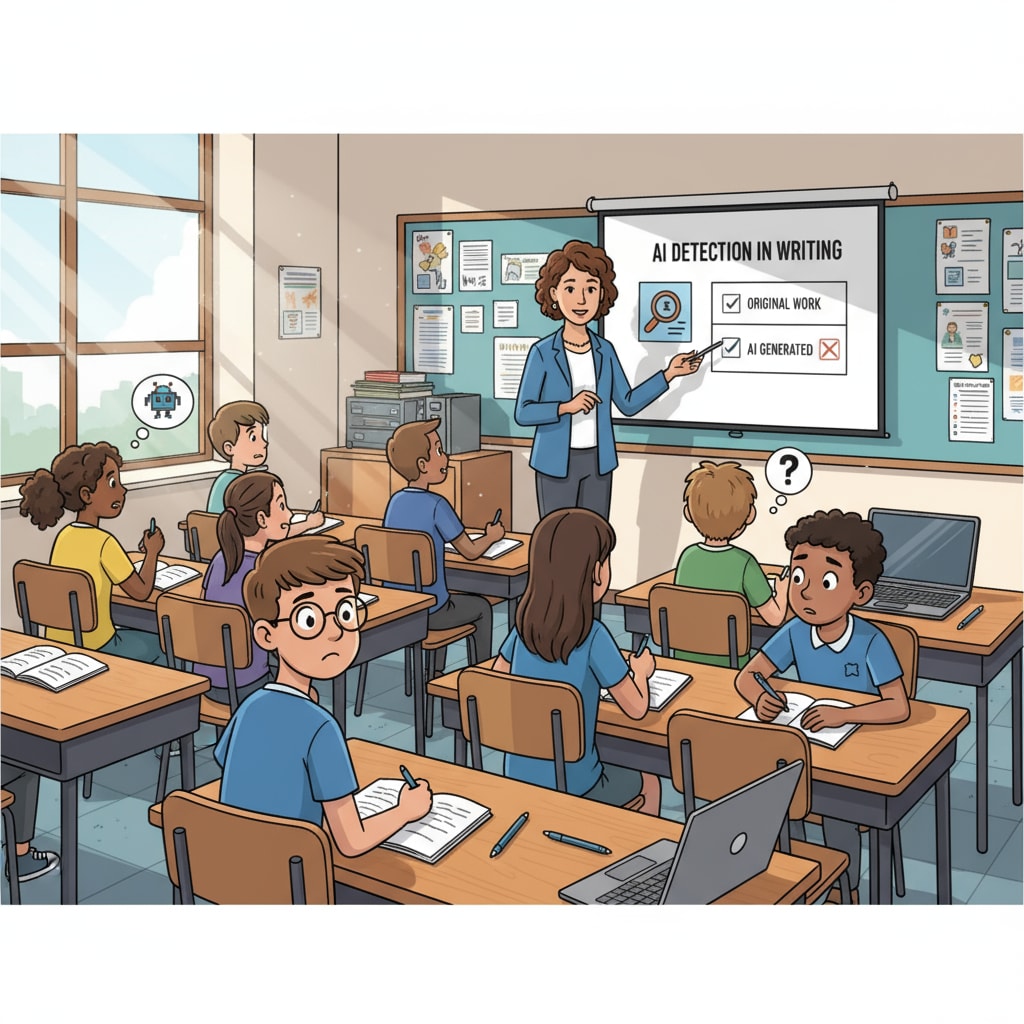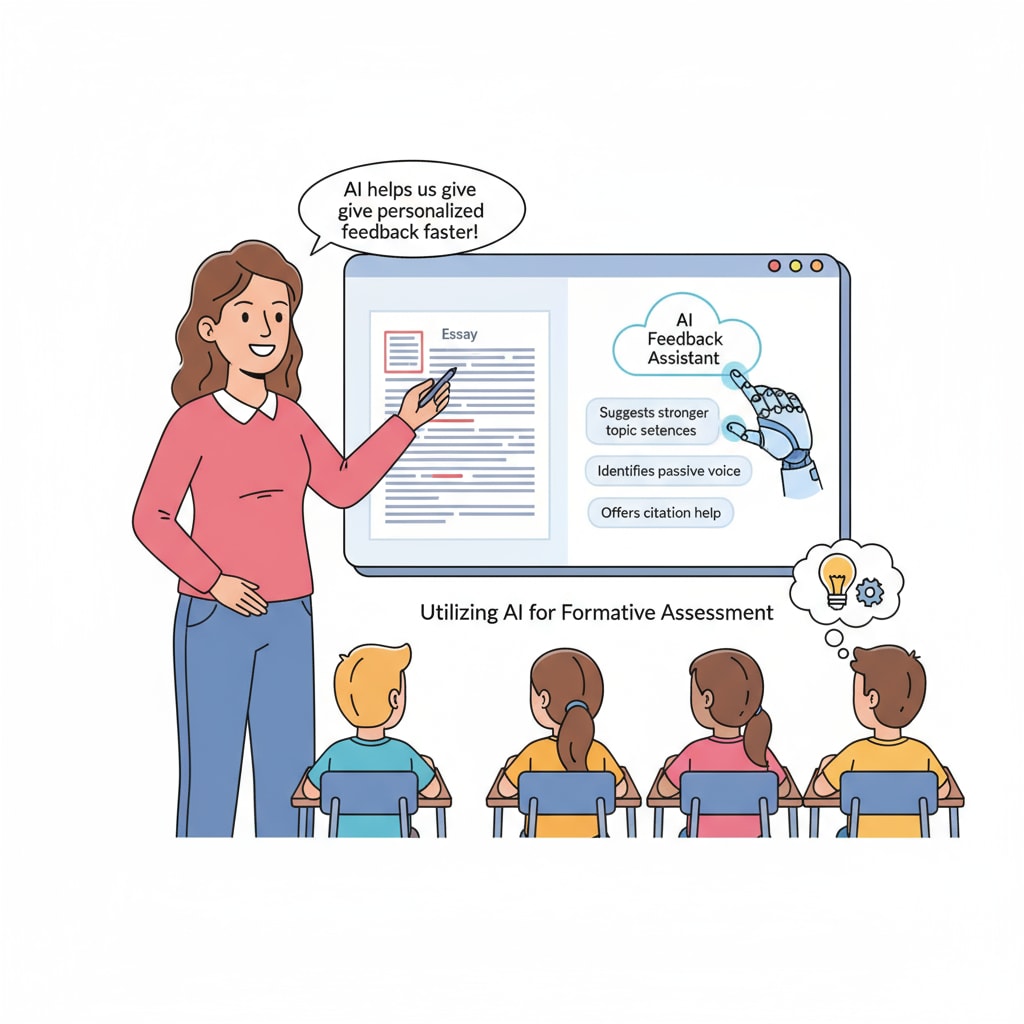In the age of rapid technological advancement, AI writing, teaching transformation, and writing skills have become crucial topics in the field of education. The emergence of AI tools has significantly disrupted traditional writing teaching methods, forcing educators to reevaluate and adapt their approaches.
The Initial Reaction: Detection and Punishment
When AI writing tools first gained popularity, the initial response from the educational community was one of alarm. There were concerns about students using these tools to cheat, undermining the integrity of academic work. As a result, a large amount of effort was put into developing detection mechanisms. Tools like GPTZero were introduced to identify AI-generated content. Educators were on high alert, ready to penalize students found using AI for their writing assignments. For example, many schools implemented strict policies where students caught using AI inappropriately faced failing grades or other disciplinary actions. Artificial intelligence in education on Wikipedia

The Need for a New Approach: Innovation and Integration
However, as time passed, educators began to realize that a more positive and proactive approach was needed. Instead of solely focusing on detection and punishment, they started to see the potential of AI tools as educational resources. AI can be used to enhance writing skills rather than just being a threat. For instance, AI writing assistants can provide instant feedback on grammar, vocabulary, and sentence structure. This real-time feedback helps students learn and improve their writing more effectively. Educational technology on Britannica

The GPTZero workshop was a significant eye-opener. It showed educators that rather than fighting against AI, they could collaborate with it. In these workshops, educators learned how to guide students to use AI tools in a way that complements their learning. For example, students can use AI to brainstorm ideas, get inspiration for their writing, and then use their own creativity and writing skills to develop the content further. This way, students are not relying on AI to do the entire job but are using it as a stepping stone to improve their own writing abilities.
Readability guidance: By presenting the different stages of the response to AI in writing teaching as clear sections, we can easily understand the evolution. The use of examples helps to make the points more relatable. Transitions like “however” smoothly move from the negative view of AI to the positive exploration of its use in education.


